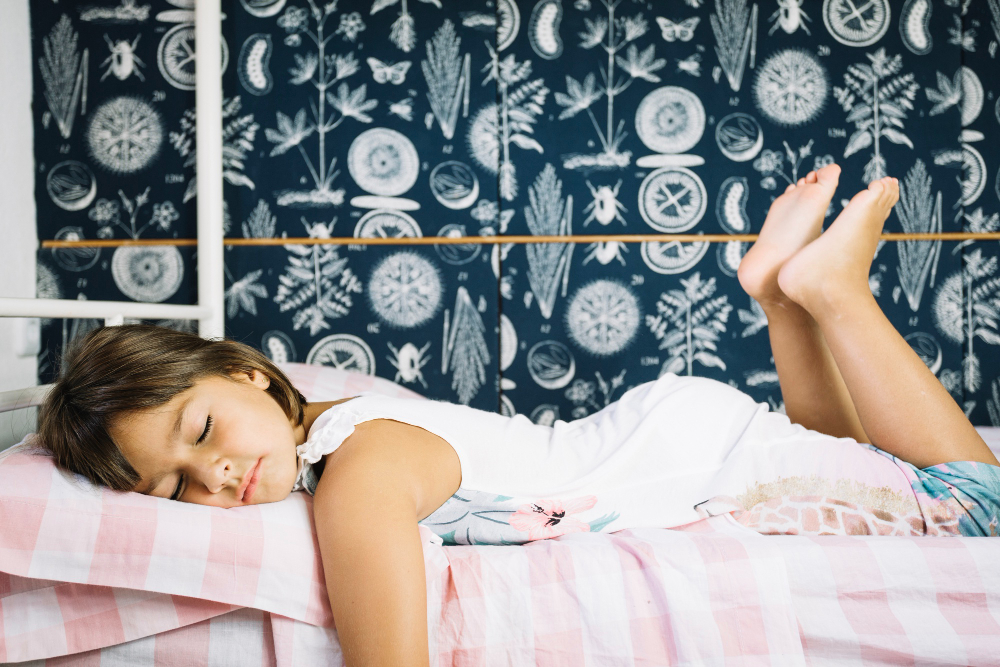Bed Wetting
Bed Wetting
What Is Bedwetting? Enuresis is defined as involuntary urination during sleep in children over the age of 5 after organic causes have been ruled out. The criteria for diagnosing bedwetting include:
- Repeated urination during the day or night on clothes or in bed (either involuntarily or intentionally).
- Urination should occur at least twice a week for at least three months or cause significant distress or impair social, academic, or other functioning.
- The child should be at an age where bladder control is expected, typically at least 5 years old (chronologically or mentally).
- The lack of control should not result from substance use or a general medical condition (e.g., diabetes, spina bifida, seizure disorder).
Bedwetting can manifest in several forms, including night wetting, day wetting, “primary” (never having achieved nighttime control) and “secondary” (developing after a period of control). Approximately 70% of bedwetting cases are primary, while secondary enuresis typically occurs in children aged 5-6 who previously achieved control for at least six months.
Prevalence and Causes Bedwetting is one of the most common and chronic childhood problems, with a higher percentage of boys affected. Between 7% and 22% of children up to the age of 7 experience bedwetting, although this prevalence gradually decreases, with only about 2% still wetting themselves at age 18.
Various factors contribute to bedwetting, including genetics, low levels of antidiuretic hormones, bladder capacity, sleep arousal disruption, developmental/maturational delay, and psychological factors. The “three system model” by Butler suggests that bedwetting results from a dysfunction in the child’s ability to wake up due to a full bladder, insufficient bladder capacity, and hormonal imbalances. However, this model is still debated and lack of substantial evidence.
Importance of Bedwetting Treatment Research demonstrates that untreated bedwetting can lead to emotional and behavioral problems in children. Effective bed wetting treatment can reduce the duration of the issue and improve children’s and families’ lives. It can enhance self-esteem and behavior, even for those who do not achieve immediate success following enuresis treatment.
Treatment Using Bedwetting Alarms The most common and effective psychological intervention for bedwetting is the use of bedwetting alarms. This method is based on classical conditioning and aims to correct the automatic, reflexive bladder control system. The alarm wakes the child as soon as wetting begins, prompting them to stop and use the bathroom. With repeated use, the bladder control system is strengthened, leading to increasing dry nights.
Studies have shown that this treatment is effective in 65%-75% of cases, including secondary bedwetting. ). Such efficiency percentages were also observed in more recent studies. According to research data, over 85% of children who start treatment reach complete dryness. The success rate is related to the level of therapeutic and parental involvement. Factors such as psychiatric disorders in the child, family stress, urological disorders, and developmental delays can impact the treatment’s success. Close training and support are essential for success, and the socioeconomic status of the child may also play a role.
Early intervention with bedwetting alarms when bedwetting begins to affect the child’s well-being is crucial for achieving positive outcomes.
Remember that each child is unique, and the success of Enuresis treatment may vary. Consulting with a healthcare professional can help you choose the most suitable approach for your child.
It is very important to emphasize that the best results for bedwetting treatment with an alarm are achieved when done under professional guidance and support.
Dr. Kushnir specializes in bed wetting treatment with an alarm and has treated thousands of children suffering from this problem.

